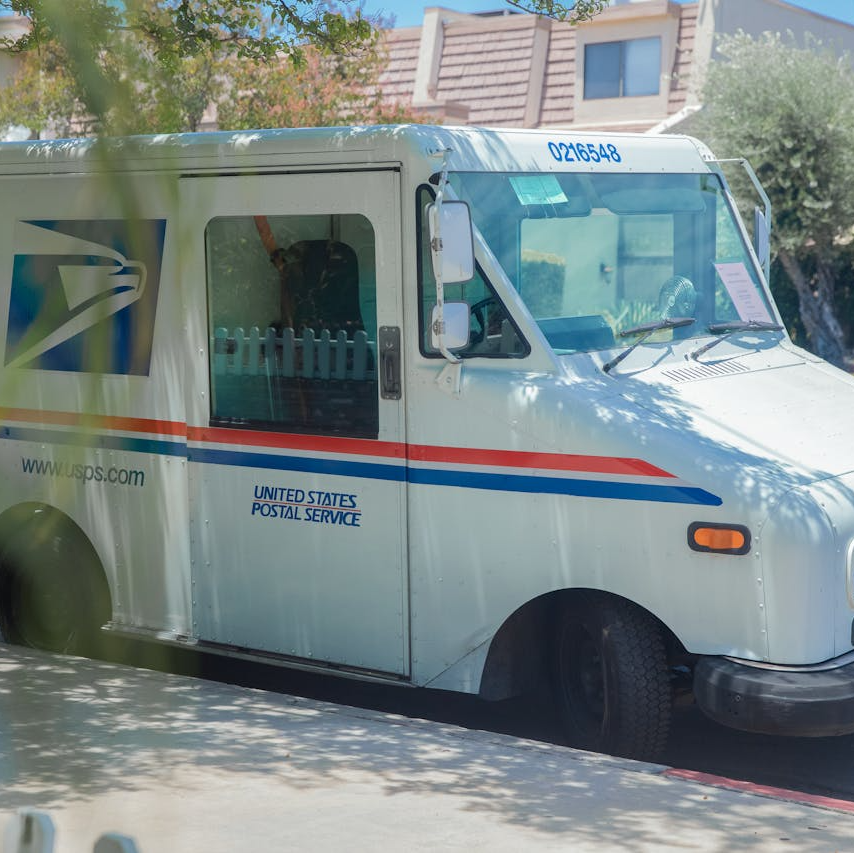Key Takeaways
-
Medicare Part C, also known as Medicare Advantage, works alongside your Postal Service Health Benefits (PSHB) coverage to offer additional benefits and structured cost-sharing options.
-
Understanding the way Medicare Part C fits into your PSHB plan helps you maximize benefits, reduce costs, and ensure you receive the healthcare coverage you need.
Medicare Part C and PSHB: What You Need to Know
Navigating health insurance can be confusing, and when you’re balancing both the Postal Service Health Benefits (PSHB) program and Medicare, things can get even trickier. Medicare Part C, or Medicare Advantage, is an alternative way to receive your Medicare benefits while potentially complementing your PSHB coverage. If you’re a retired postal worker or planning for retirement, understanding how these programs work together can help you make informed healthcare decisions.
What Is Medicare Part C?
Medicare Part C, commonly known as Medicare Advantage, is an alternative to Original Medicare (Parts A and B). Instead of receiving your benefits through the federal government, Part C plans are offered by private insurance companies approved by Medicare. These plans must cover everything that Original Medicare does, but many also offer additional benefits, such as:
-
Prescription drug coverage (in most cases)
-
Dental, vision, and hearing services
-
Wellness programs and preventive care benefits
-
Telehealth and virtual doctor visits
-
Fitness and wellness memberships
Since you’re enrolled in PSHB, you might be wondering: does Medicare Part C make sense for you? The answer depends on several factors, including how Medicare integrates with PSHB and what level of coverage you need in retirement.
Who Is Eligible for Medicare Part C?
To enroll in a Medicare Advantage plan, you must:
-
Be enrolled in both Medicare Part A and Part B
-
Live in the service area of the plan you choose
-
Not have End-Stage Renal Disease (with some exceptions)
Most retired postal employees become eligible for Medicare at age 65. If you’re still working beyond that, you may delay Medicare enrollment, depending on your situation. Additionally, you may qualify for a Special Enrollment Period if you retire after turning 65.
How Medicare Part C Works with PSHB
PSHB and Medicare: The Basics
As a Postal Service retiree, you are part of the PSHB program, which offers healthcare coverage similar to the Federal Employees Health Benefits (FEHB) program. However, if you are eligible for Medicare, you must enroll in Part B to keep your PSHB coverage. This is where Medicare Part C comes into play.
PSHB plans work with Medicare in a way that helps lower your out-of-pocket costs. When you enroll in a Medicare Advantage plan, your Part C provider typically coordinates benefits with Medicare, possibly lowering your overall expenses and providing access to additional perks. Some plans even offer cost-sharing assistance, further reducing what you owe for medical services.
Choosing Between Medicare Advantage and PSHB Alone
When deciding whether Medicare Advantage is right for you, consider the following:
-
Coverage Gaps: Medicare Advantage plans often provide extra benefits that your PSHB plan may not fully cover. These include dental, vision, and fitness benefits.
-
Out-of-Pocket Costs: Some Medicare Part C plans have cost-sharing structures that may help reduce what you pay for healthcare services, while PSHB coverage may help offset some costs Medicare does not cover.
-
Network Restrictions: Medicare Advantage plans may have provider networks, so check whether your preferred doctors and hospitals are included. Some plans require referrals for specialists.
-
Prescription Drug Coverage: Many Part C plans include drug coverage, which could be helpful depending on your medication needs. If your PSHB plan includes a strong drug benefit, you may need to compare coverage carefully.
-
Medicare Advantage Plan Variability: Since these plans vary widely, it’s important to compare what’s available in your area to see if a plan meets your needs better than PSHB alone.
Enrolling in Medicare Part C While on PSHB
If you decide to enroll in a Medicare Advantage plan, here’s what you need to know:
-
Enrollment Periods: You can sign up during your Initial Enrollment Period (around your 65th birthday), the Annual Medicare Open Enrollment Period (October 15 – December 7), or during a Special Enrollment Period if you retire after age 65.
-
Coordination with PSHB: Your PSHB plan will continue, but how it interacts with Medicare Part C will depend on the specifics of your coverage.
-
Automatic Enrollment in Part D: If your PSHB plan includes prescription drug coverage and you enroll in a Medicare Advantage plan with drug coverage, you’ll want to check how they work together to avoid duplicate coverage and potential penalties.
Key Considerations Before Making a Decision
Weighing the Costs
While Medicare Advantage plans can help lower your out-of-pocket costs, there are still premiums, deductibles, and copayments to consider. Since PSHB already offers comprehensive coverage, compare costs carefully before making any decisions. Some enrollees may find that sticking with PSHB and Original Medicare makes more sense financially, while others may see savings in a Medicare Advantage plan.
Access to Providers
Medicare Advantage plans often have provider networks that limit where you can receive care. If you want the flexibility to see any doctor that accepts Medicare, staying with PSHB alone or using Original Medicare with a PSHB plan may be a better option. Be sure to check whether your preferred doctors, specialists, and hospitals accept the Medicare Advantage plan you’re considering.
Future Healthcare Needs
Your healthcare needs may change over time. If you anticipate needing more coverage for dental, vision, or prescription drugs, Medicare Advantage might be worth considering. Otherwise, PSHB and Original Medicare may be enough. Additionally, if you travel frequently or live in multiple states throughout the year, PSHB may provide better nationwide coverage than a regional Medicare Advantage plan.
The Bottom Line: Making Medicare Part C Work for You
If you’re a retired postal worker, Medicare Part C could complement your PSHB coverage, offering extra benefits and cost-saving opportunities. However, it’s not the right choice for everyone. Weigh your options carefully, compare costs, and determine what best fits your healthcare needs. Consider how frequently you use healthcare services, what medications you take, and whether provider network restrictions impact your care.
Have more questions? Reach out to a licensed agent listed on this website to explore your options and make the best choice for your situation. A licensed agent can help compare plan benefits, explain cost structures, and ensure you enroll in the plan that best aligns with your healthcare and budget needs.











